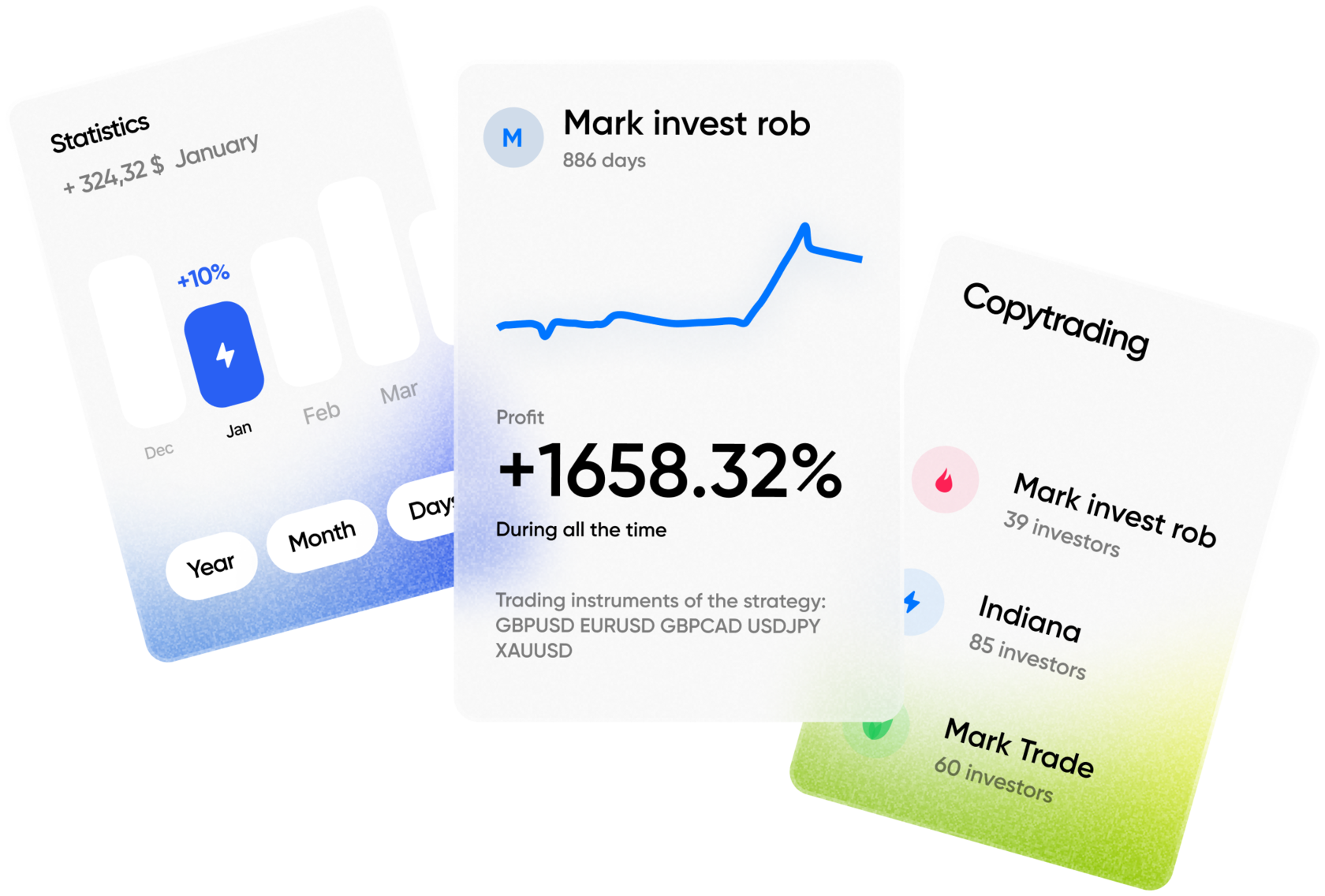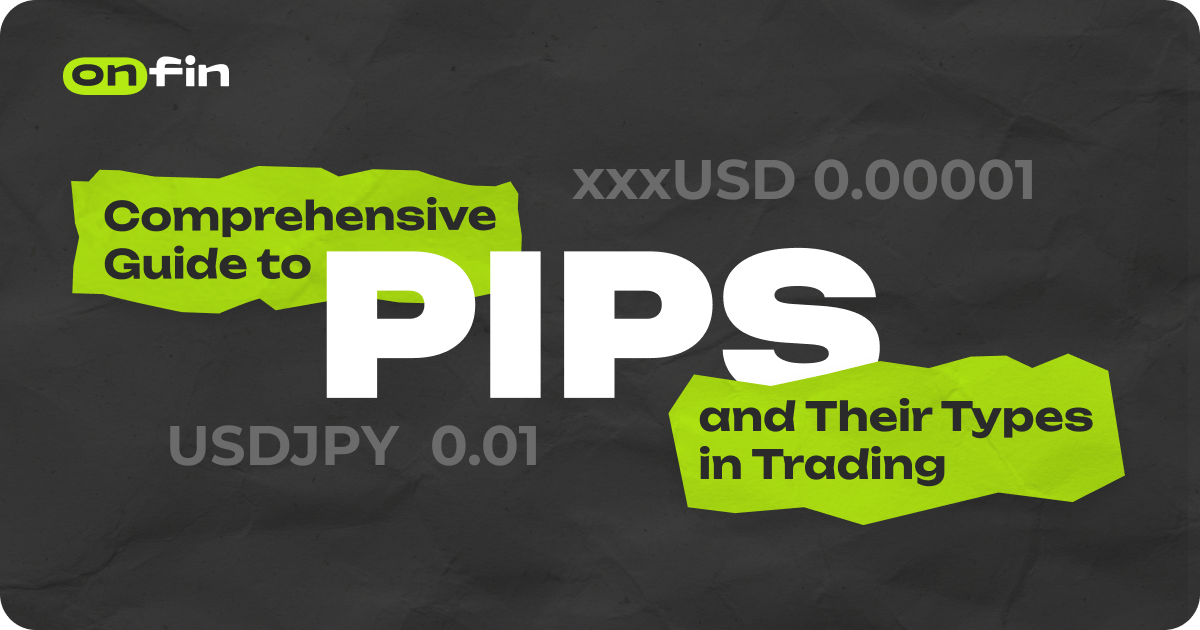In the world of trading, understanding how to measure price movements is crucial for any trader, whether you’re just starting or are an experienced market participant.
One of the core concepts for measuring price changes in the financial markets is PIP, or Percentage in Point. It represents the smallest price movement that a currency pair can make, and it is the foundation for calculating profits and losses.
Understanding the different types of PIPs and how they impact your trades is essential for managing risk and making informed decisions.
This article will explore the types of PIPs, their meaning, and their significance in trading, along with examples from real-market conditions.
What is a PIP?
A PIP is the smallest increment by which the exchange rate of a currency pair can change. For most currency pairs, this represents a movement in the fourth decimal place. However, with Japanese yen pairs, it’s the second decimal place. A PIP is not just a unit of measurement; it also plays a central role in determining the value of a trader’s position and calculating profit or loss.
For example, in the EUR/USD pair, if the price moves from 1.1000 to 1.1001, this represents a change of one PIP. This may seem like a small movement, but when trading large volumes, even small price movements can have a significant impact on your potential profit or loss. Let’s say you’re trading a standard lot of 100,000 units. A change of one PIP could equate to a $10 movement in profit or loss.
In a real-world scenario, consider a trader looking at the EUR/USD pair. If the current price is 1.1350, and the trader expects the price to increase, they may set their buy order. When the price moves to 1.1355, they experience a 5 PIP profit. For traders working in high volumes, these 5 PIPs can translate into significant earnings, especially when combined with leverage.
The Different Types of PIPs
1. Standard PIP
The Standard PIP is the most common unit used in forex markets, particularly in currency pairs that don’t involve the Japanese yen. For these currency pairs, the PIP is defined as a movement in the fourth decimal place. For example, if the EUR/USD moves from 1.1500 to 1.1501, this is one PIP. In this context, a PIP represents a change of 0.0001 in the exchange rate.
To illustrate this further, let’s assume you’re trading 10,000 units (0.1 standard lot) of EUR/USD. If the price moves from 1.1500 to 1.1510, a 10 PIP movement would equate to $1 in profit or loss. The value of the PIP depends on the position size, so smaller trades result in lower profits or losses per PIP movement.
One key point to remember is that while a single PIP may seem like a small change, it can have a significant financial impact when trading larger volumes. Traders who actively trade currency pairs in high volumes, like EUR/USD, can generate substantial profits from relatively small PIP movements, especially when using leverage.
2. PIP for Yen Pairs
In contrast to the standard PIP, currency pairs that include the Japanese yen (JPY), such as USD/JPY or EUR/JPY, use a slightly different PIP measurement. For yen pairs, a PIP represents a movement in the second decimal place, or 0.01. This is because the Japanese yen has a much smaller unit of value compared to other major currencies.
Example:
If the USD/JPY moves from 108.45 to 108.46, this represents a 1 PIP movement. A change of 0.01 in yen pairs is a standard PIP, and the same principle of determining profit or loss applies.
Let’s take a trader who buys USD/JPY at 108.50 and sells it at 108.60. This would represent a 10 PIP profit. However, due to the difference in how PIPs are measured in yen pairs, the actual value of each PIP in USD/JPY would be larger compared to EUR/USD. For example, a PIP in USD/JPY for a standard lot of 100,000 units could equate to a $10 movement, as opposed to $1 for EUR/USD in the same position size.
This difference is crucial to understand, as the price movements in yen pairs can often seem smaller but may actually represent a larger financial change due to the higher value per PIP.
3. Fractional PIP (also known as a Pipette)

A Fractional PIP, or Pipette, is a smaller measurement of price movement, equal to one-tenth of a standard PIP. Fractional PIPs allow traders to gain more precision in their trades and provide an extra level of granularity, especially in fast-moving markets.
Fractional pricing has become more common as brokers adopt more accurate price quotes for currency pairs.
Example:
If the EUR/USD moves from 1.13500 to 1.13501, this change of 0.00001 is a Pipette, or a fractional PIP. While this is only a small movement, in markets with tight spreads or high volatility, even fractional PIPs can make a difference for traders who are looking to capitalize on small price changes.
For instance, if you were trading in very tight markets, like during the release of a major economic report, you might observe that a currency pair is moving in fractional PIPs, and this can be crucial for high-frequency traders.
Fractional PIPs allow traders to take advantage of smaller price movements without having to wait for larger, more significant shifts.
In practical terms, the use of pipettes enhances a trader’s ability to monitor small fluctuations that might be overlooked otherwise. It’s especially useful when dealing with short-term trades where every minor movement counts toward the overall result.
4. Negative PIP (Loss)
While PIPs are often associated with profit, they can also represent losses when the market moves against a trader’s position.
A Negative PIP simply refers to a loss of value, as opposed to a gain. Just as positive PIPs represent the amount a trader earns, negative PIPs represent how much they lose if the market moves in the opposite direction of their position.
Example:
Consider a scenario where you buy EUR/USD at 1.1500 and the price moves down to 1.1450. This 50 PIP drop represents a loss for the trader. The key here is to understand how many PIPs are involved in both your profit and loss calculations, as this will determine your risk exposure.
When trading with leverage, a small negative PIP movement can cause substantial losses if not managed properly. Traders who understand the relationship between PIPs and their risk tolerance are better prepared to make informed decisions on their stop-loss orders.
For instance, a trader who places a stop-loss 30 PIPs away from their entry point is essentially setting a threshold to limit potential losses. This risk management strategy helps to avoid major financial setbacks.

Role of PIPs in Financial Markets
PIPs are essential for understanding the financial implications of price movements. In essence, they represent the foundation upon which profits and losses are calculated. The more a currency pair moves, the more significant the value of each PIP becomes.
Let’s say you’re trading EUR/USD with a standard lot (100,000 units). A 100 PIP movement would equate to $1,000 in profit or loss, depending on whether the market moves in your favor or against you. Similarly, trading smaller volumes (like micro or mini lots) will result in lower amounts of profit or loss per PIP.
PIPs also play a role in calculating spreads, which is the difference between the buying and selling price of a currency pair. The spread is typically measured in PIPs, and understanding it can help traders decide which pairs to trade. For example, major pairs like EUR/USD tend to have narrower spreads, making them more cost-effective to trade, while less liquid pairs may have wider spreads.
Examples in Real-Market Conditions
Let’s explore some real-market examples to help illustrate how PIPs work in different trading scenarios.
1. EUR/USD Currency Pair
Assume you are trading EUR/USD, which is priced at 1.1350. You enter a buy position, expecting the price to rise. The price moved up to 1.1370. This 20-pip increase results in a profit.
If you’re trading a micro lot (1,000 units), and each PIP is worth $0.10, your 20-pip profit would be $2. If you’re trading a standard lot, where each PIP is worth $10, your 20-pip profit would amount to $200. This demonstrates how position size impacts the financial outcome of each PIP movement.
2. USD/JPY Currency Pair
Imagine you’re trading USD/JPY, and you enter a buy position at 108.50. The price moves up to 108.70, which is a 20-pip movement. In yen pairs, since each PIP is worth more than in standard pairs, you could have a greater profit, especially if you are trading larger lot sizes. If you trade a standard lot in USD/JPY, the 20-pip movement could yield a $200 profit, significantly more than in EUR/USD.
Exclusive Insights on PIPs in Trading
PIPs are crucial for managing trading strategies. By understanding how to calculate profit or loss in terms of PIPs, traders can better anticipate market movements and manage risk effectively. For instance, experienced traders often calculate their profit targets and stop-loss levels based on PIP values, ensuring they only take trades that fit within their risk tolerance.
Additionally, advanced traders often use PIPs in combination with other technical indicators like the Relative Strength Index (RSI) or Moving Average Convergence Divergence (MACD) to refine their entry and exit points. This combination of tools allows traders to trade with precision, using PIPs as a reliable measure of price movement.
Finally, one important point is that PIPs are not just for forex traders. Commodities and stock traders also use PIPs (or similar concepts) to track price changes and manage risk. For example, a trader in oil futures may use a similar system to track price changes in crude oil prices, adjusting their trading strategy accordingly.
The Bottom Line
In conclusion, understanding the role of PIPs is essential for successful trading. Whether you’re trading forex, commodities, or other financial instruments, mastering the concept of PIPs allows you to calculate risks, manage positions, and ultimately, become a more effective trader.







